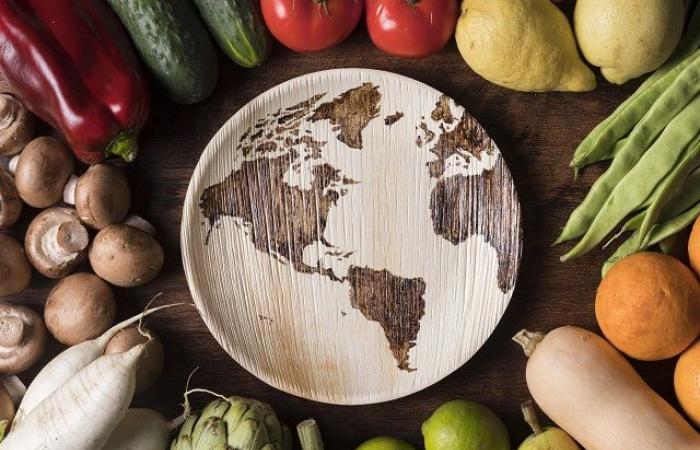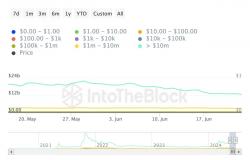In the food industry, efficiency and freshness are crucial. Technological innovations in the cultivation and distribution of fresh vegetables are revolutionizing the sector, improving product quality and optimizing logistical processes.
Today, in the Fresh vegetables daylet’s explore the emerging technologies that are setting trends and their impact on the industry.
Don’t stop reading: New anti-waste bag for fruits and vegetables
Innovations in the cultivation of vegetables and greens
Precision farming
Precision agriculture has changed the way vegetables are grown, using technologies such as:
- The sensors
- The GPS
- artificial intelligence
Farmers can monitor and manage their crops with unprecedented precision, these systems allow real-time analysis of soil conditions, moisture and nutrient levels, facilitating informed decisions that optimize crop performance.
Hydroponic and aeroponic crops
Hydroponic and aeroponic techniques are gaining popularity for their ability to maximize the use of space and resources, rather than soil, Plants are grown in nutrient solutions or aerial environmentsallowing more precise control over plant growth and reducing dependence on pesticides and herbicides.
Blockchain technology in agriculture
The implementation of blockchain technology in agriculture provides complete traceability of the product, from the seed to the consumer’s table. This system ensures transparency throughout the supply chain, which is crucial to maintaining consumer trust and complying with food safety regulations.
Drones and satellites
Drones and satellites are vital tools for crop monitoring and mapping and drones can capture detailed images that help identify problems such as:
- Pests
- Diseases in their initial stages
While satellites provide weather and soil data that are essential for planning agricultural activities.
Success stories
- BrightFarms: It is a leading example of how hydroponic technology can be integrated into urban environments. This company has established greenhouses in cities across the United States, significantly reducing the distance and time between the crop and the final consumer, and ensuring fresh, high-quality vegetables.
- IBM Food Trust: It uses blockchain to provide a transparent and traceable supply chain. Companies like Walmart and Carrefour have implemented this technology to ensure that every step in the supply chain of their fresh products is verifiable and secure.
- John Deere: Has been at the forefront of precision agriculture with its line of advanced agricultural equipment. Its tractors and combines equipped with GPS technology and sensors help farmers improve crop efficiency and yield.
Efficient transportation and distribution for greater freshness
The distribution of fresh vegetables has also undergone a significant transformation thanks to technology. The use of advanced logistics systems, such as the Internet of Things (IoT) and blockchain, has improved the traceability and efficiency of fresh produce transportation.
IoT sensors, installed in transport vehicles, monitor environmental conditions in real time, ensuring that vegetables are kept at the appropriate temperature throughout the journey. This not only ensures the freshness of the product upon reaching its destination, but also minimizes waste. On the other hand, blockchain technology offers complete traceability from the farm to the end consumer, increasing transparency and trust in the supply chain.
Advanced refrigeration and preservation
The refrigeration and preservation of fresh products has advanced with the introduction of technologies such as controlled atmosphere and atmospheric modification. These methods extend the shelf life of products, reduce waste, and maintain quality during transportation.
Electric vehicles and sustainability
The use of electric vehicles in distribution is a growing trend that not only reduces the carbon footprint but also offers more efficient delivery solutions.
These vehicles are ideal for short-range transportation and in urban areas, where emissions restrictions are stricter.
Automation in distribution centers
Distribution centers are adopting automation to handle large volumes of products efficiently. Automated sorting and packing systems not only improve speed and accuracy, but also reduce operating costs.
The adoption of advanced technologies in the cultivation and distribution of fresh vegetables not only improves efficiency and product quality, but also has a positive impact on the sustainability of the sector.
As these technologies continue to evolve, it is crucial for companies in the food industry to stay up-to-date and adopt innovative practices to stay competitive.






